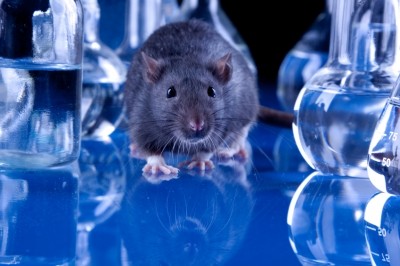EMA concept paper focuses on quality control with animal tests

Some of the tests, for example, potency tests for vaccines, may involve the use of animals. Where more than one test option is available, newer methods may offer improvements, according to the agency.
Regulatory publications such as European Pharmacopoeia make reference to methods that are in principle acceptable from a regulatory point of view. “There are sometimes [in vitro] alternatives or there are tests that have different end points, so an extreme end point could be death, but it might be possible to refine that by say having an endpoint based on the appearance of symptoms typical of a disease,” explains Nicholas Jarrett of the EMA.
To gain acceptance such a method must be demonstrated to function appropriately in each individual laboratory and for each specific medicinal product that it is used to test.
This need for laboratory/product specific validation is perceived as an obstacle to the implementation of methods that have the potential to replace, reduce and refine routine in vivo tests.
The EMA concept paper notes that in practice “laboratories that participate in large collaborative studies that lead to the inclusion of methods in regulatory texts will gain valuable experience with the method. It should be possible to take advantage of this experience in order to facilitate the process of gaining laboratory and product specific validation.”
The paper proposes a guideline to clarify criteria to be met to achieve product-specific validation and describe the level of validation required for laboratories and medicinal products that participated in large collaborative studies.
“That is what this guideline aims to facilitate, the uptake of those tests that are already considered validated and already appear in regulatory publications,” Jarrett explains, “but which are being not being used in relation to all possible products because they have not undergone final product or lab specific validation.”
The deadline for receipt of comments on the concept paper is end of October. The release of draft guidelines is expected towards the end of 2015.
‘Take Seriously’
“This is a document people should take seriously, but what I find sad is that they don’t seem to be aware of a lot already done at the European Centre for the Validation of Alternative Methods,” says Richard Clothier, a trustee and previously director of the FRAME Alternatives Laboratory in the University of Nottingham Medical School, UK.
“People need to start thinking about the problems inherent in animal testing in a broader way, since modern drugs need to be targeted to human specific problems.” He says reliance on animal data is more tied into history than efficacy, which the pharma industry realizes, since drugs do reveal adverse reaction resulting in withdrawal, in the final stage of development or even after release.
“A lot more needs to be done, but it is expensive. And most of the regulators are used to dealing with animal data, and hence are a bit concerned if alternative data comes up that is not animal based,” says Clothier.









